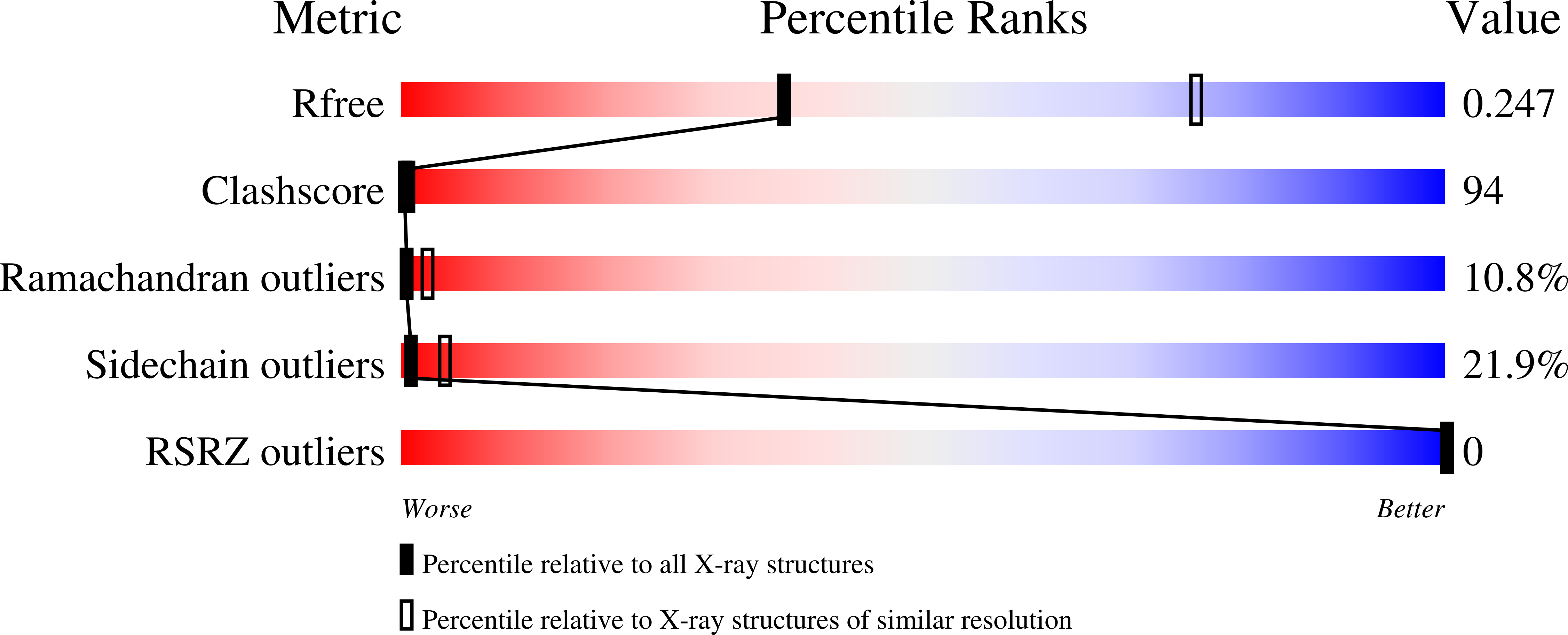
Deposition Date
2006-04-29
Release Date
2006-12-05
Last Version Date
2024-10-16
Entry Detail
PDB ID:
2DOI
Keywords:
Title:
The X-ray crystallographic structure of the angiogenesis inhibitor, angiostatin, bound to a peptide from the group A streptococcus protein PAM
Biological Source:
Source Organism:
Homo sapiens (Taxon ID: 9606)
Host Organism:
Method Details:
Experimental Method:
Resolution:
3.10 Å
R-Value Free:
0.29
R-Value Work:
0.20
R-Value Observed:
0.20
Space Group:
P 61


